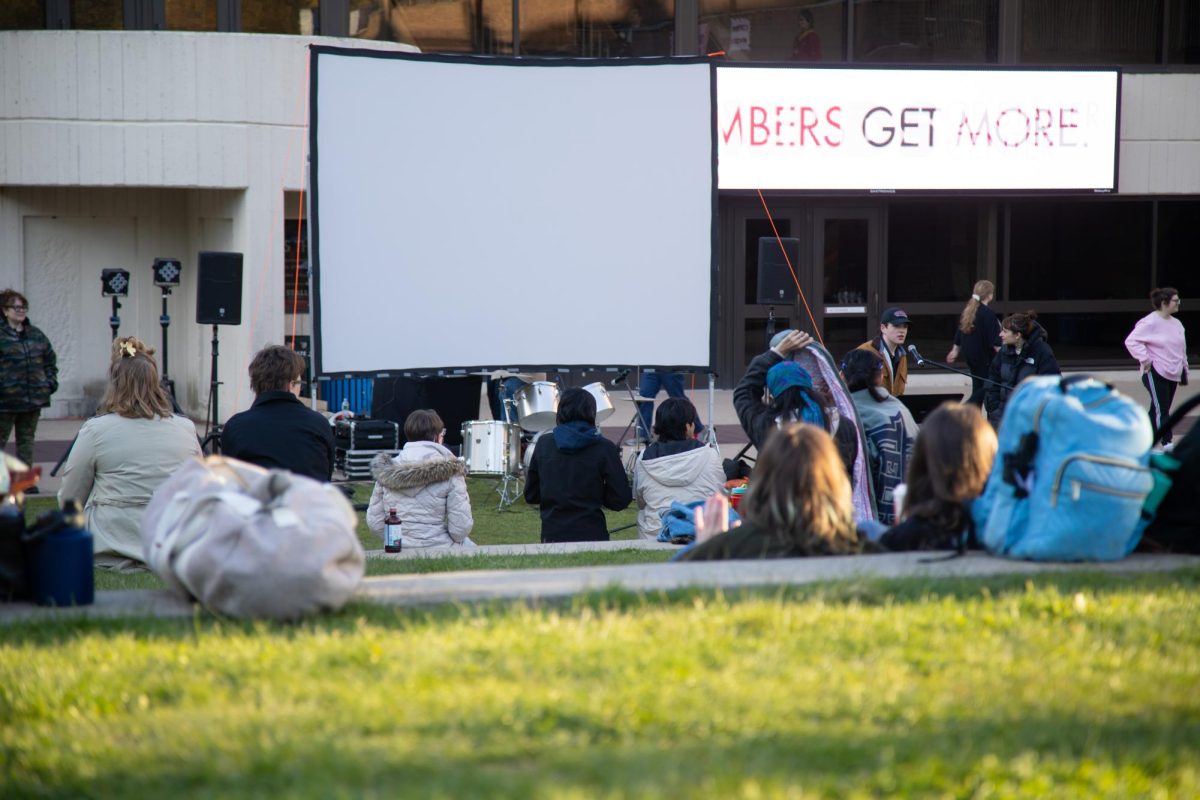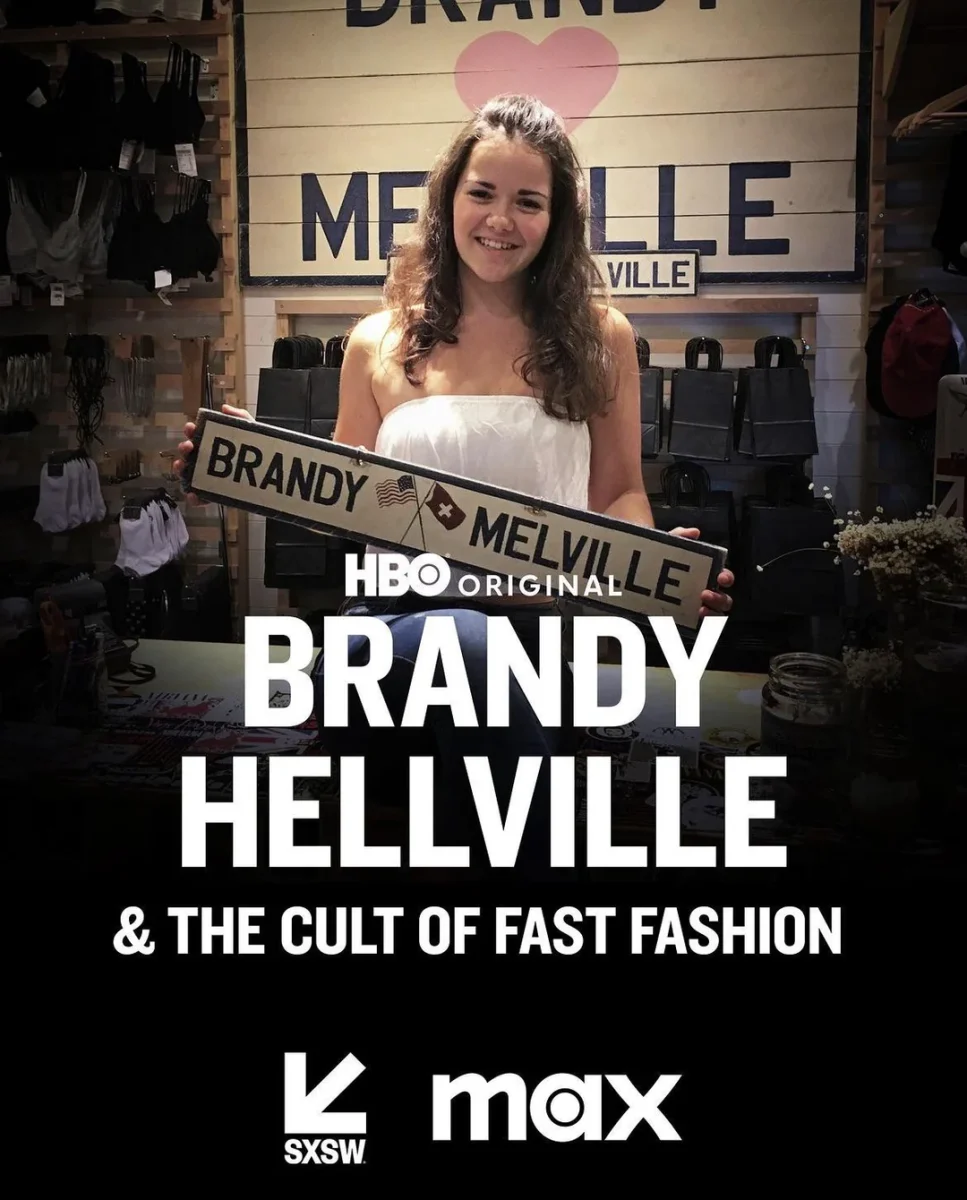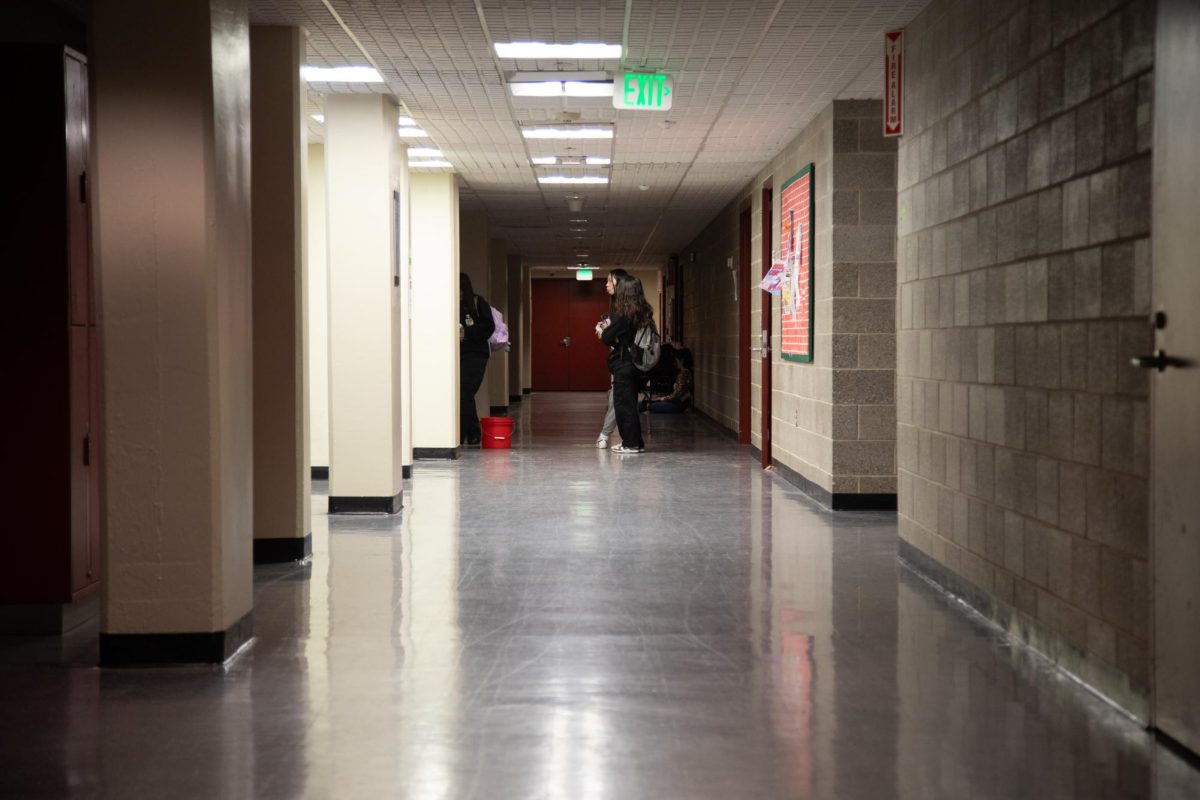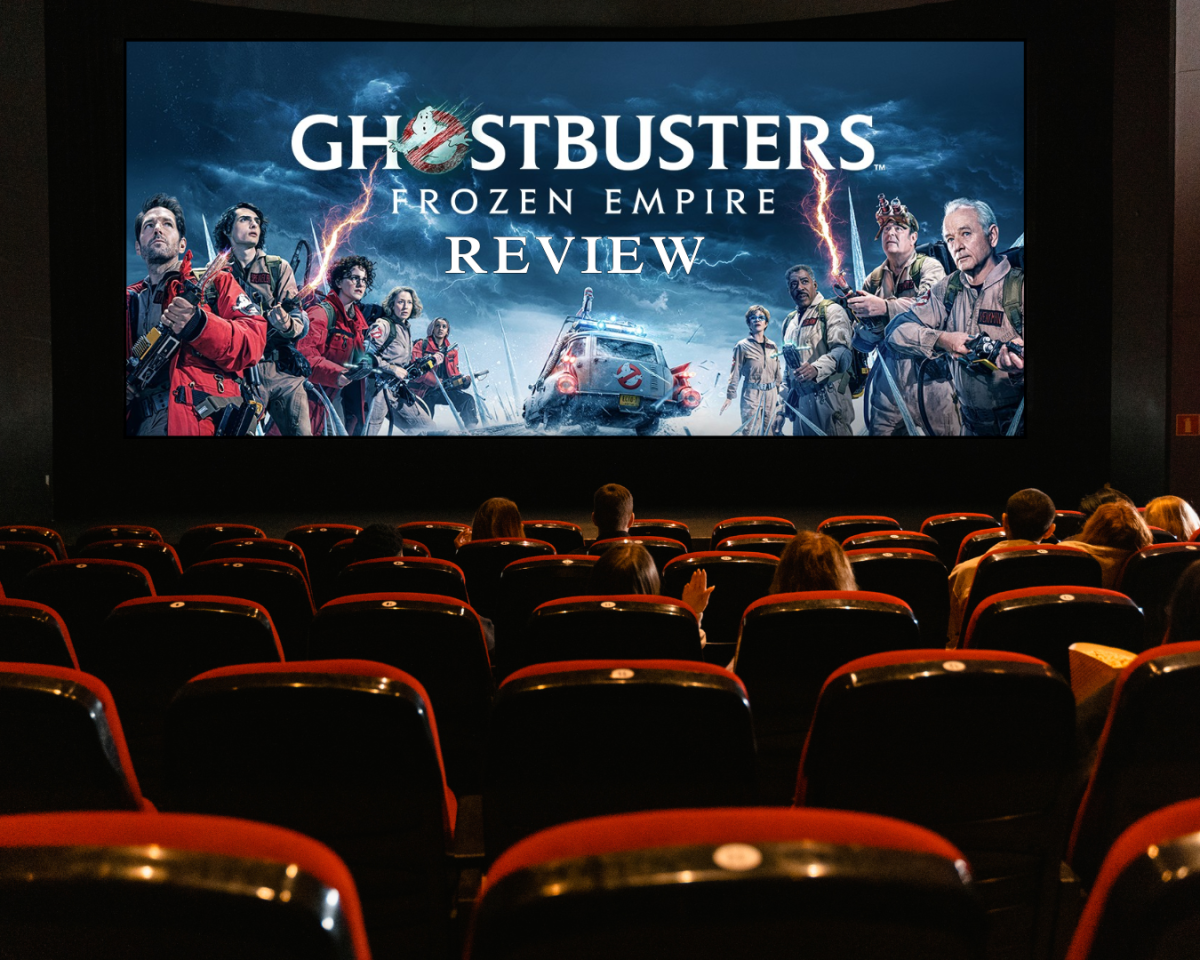Aside from being a well-known school, Stony Brook University has shown strength in artistic pursuits. The 2012-2013 Stony Brook University Science Playwriting Competition is expected to represent both the scientific and artistic characteristics that result in noticeable synergies.
The competition is currently in progress, and the deadline for submission is midnight on Dec. 1.
The competition calls for playwriting about science, especially physics and mathematics. The winner will receive $500 as the first prize, and smaller amounts will be given as the second and third prizes. Staged readings will be performed for the prize-winning submissions on April 10, 2013.
Professor Christopher Herzog, who is an assistant professor in the Yang Institute for Theoretical Physics, said that he came up with this idea after brainstorming with his sister, who was involved in theater.
Herzog ran a similar competition while he worked as an assistant professor at Princeton University prior to his current position at Stony Brook this year. He is arranging the competition in Stony Brook with Steve Marsh, lecturer and director of graduate studies for the department of theater arts.
With help from a National Science Foundation grant and support from the Simons Center, the C. N. Yang Institute and the department of theater arts, he received all necessary resources to successfully plan the competition.
Herzog hopes to obtain participants that equally demonstrate scientific and artistic components in their work.
“The entries will be evaluated equally from both the scientific and artistic aspect,” Herzog said. “It is important to include how a play can resolve humanity problems in an interdisciplinary way.” Herzog is confident that the competition will proceed successfully and hopes to have more than 20 entries compete.
Maria Froehlich, another involved member, also expects this competition to be a success. She has worked at the Simons Center as a special events coordinator for almost two years and mentioned a previous similar event, a staged reading of Berthold Brecht’s epic play “Life of Galileo” that had drawn interest from all those who attended.
Froehlich said she hoped that “this competition will be a good way to get the word out and involve the community.” Froehlich also noted that “the Simons Center definitely wants to keep going on with this new and exciting competition. So be creative and keep it fun for good entries.” She is motivated to continue to find entertaining playwritings and competitions for the future.
Deborah Mayo, an associate professor of the department of theatre arts, welcomed the merging of science and theater in the aspect of diversity.
As an actress, she also performed in “The Clean House” at the Staller Center Theatre last month. Along with Alan Alda, Mayo founded the idea of ‘theater workshops,’ a program in which theater professors teach science students a way to communicate science through the use of theater.
“As human beings, the broader our awareness and understanding can be, the better our world would be,” Mayo said. “For instance, in my one acting class I have very few theater students this semester. They are all from different disciplines and everybody brings something different to the works. I think in the world, that’s so important that we exchange ideas, passions and how to be respectful to each other.”
As a piece of advice, she also stated “not to be afraid of what you know and not to be afraid to share it. And tell personal stories along with the science.”
Mayo is enthusiastic to see the results from the competition.
The idea of science playwriting has been around for some time. Fine examples of science playwriting that both Herzog and Mayo suggested included Michael Frayn’s “Copenhagen,” which won the Tony Award in 2000, and “Galileo,” directed by Steve Marsh and performed in the Simons Center last year.
Both of these were successful plays and serve as an inspiration for the current competition. The competition is open to Stony Brook students, faculty and staff. This contest provides memebers of the campus community an opportunity to show scientific creativity in playwriting.







